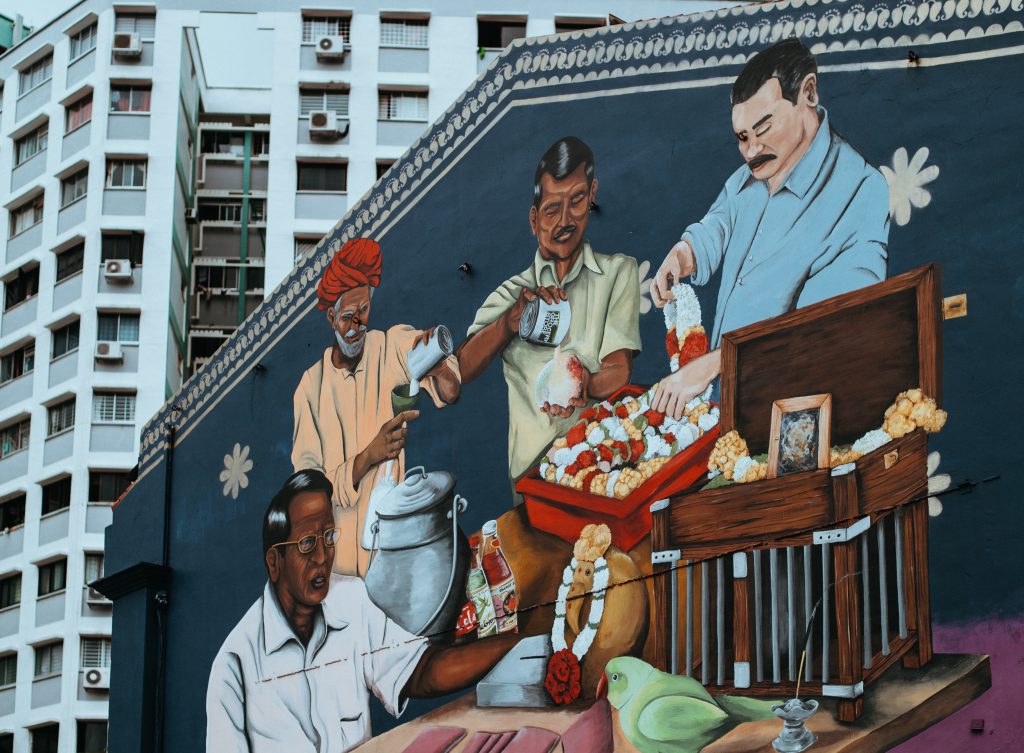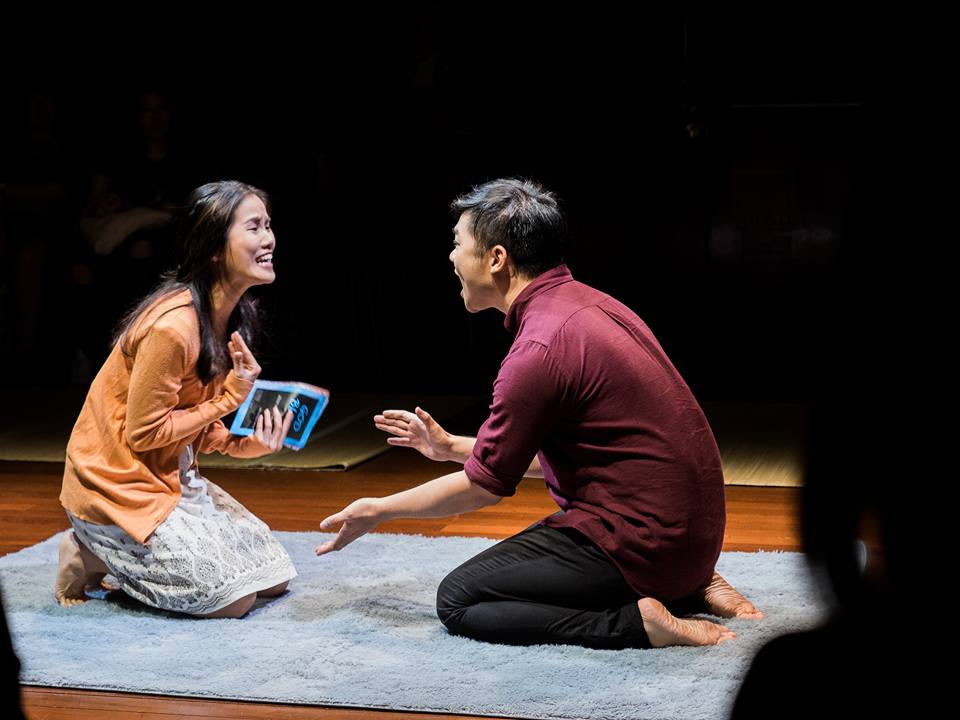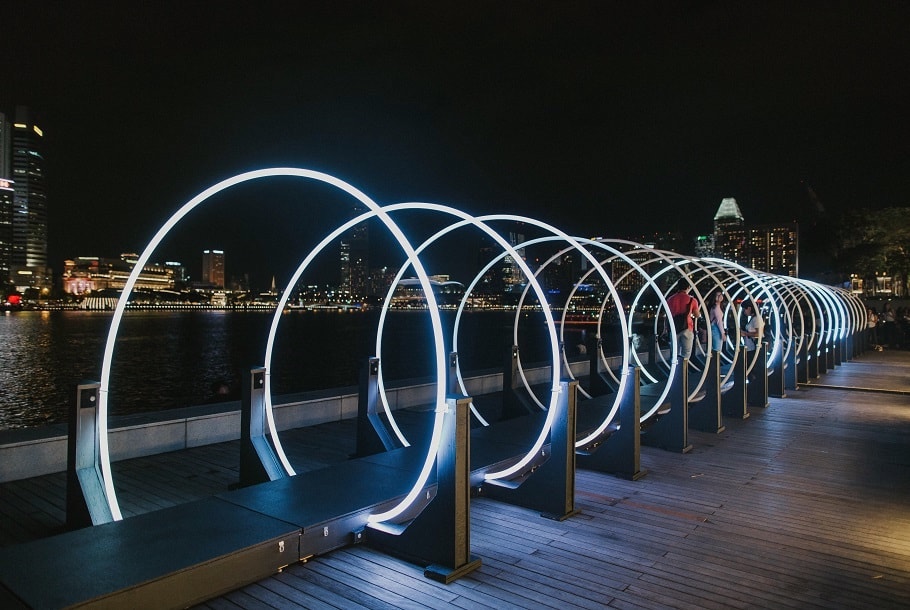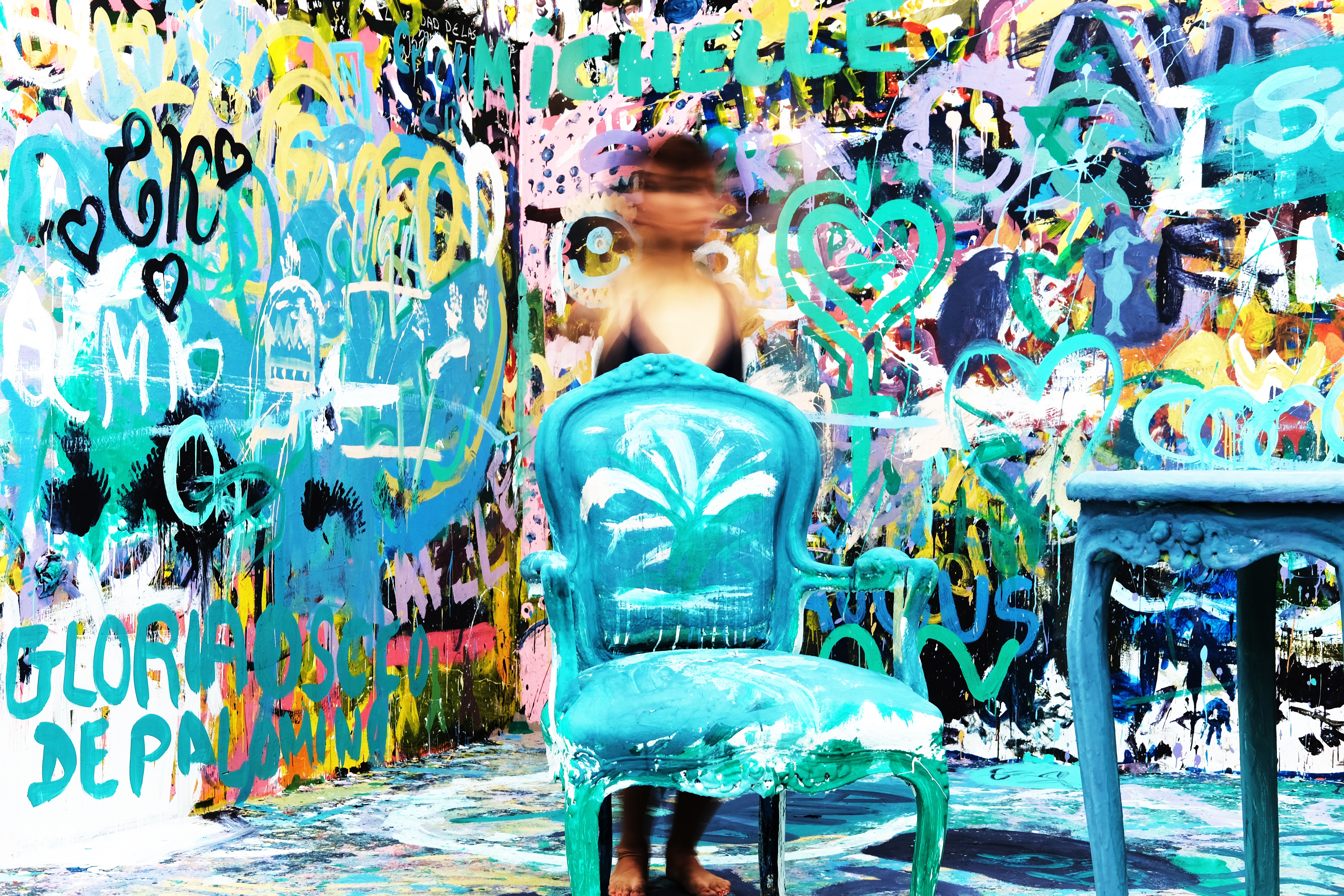For something that’s reputably fluid, out of the box and slightly out of control, Singapore’s art scene is an oxymoron. Ask any Singaporean artist and they will concur that their creativity is limited to what our government permits.
Art isn’t just something that’s easy on the eyes, it is an emotive piece of work. While aesthetics is a point of concern, it is more important that the art stirs up feelings, provoke thought and spark dialogue among its audience.
I got a chance to chat with a local youth theatre company, The Second Breakfast Company (2BCo) and was granted access into an almost whimsical world of theatre arts. They shared with me the pain of striking a balance between dreams and reality.
Creatives like them are always balancing on the thin line between their artistic direction and the government’s ideals.
As an artistic director at 2BCo, Adeeb admits that it is challenging to uphold an artist’s values when the authorities deem that certain topics are too sensitive for the public. However, if one were to censor their script to suit the government’s values, it would be muting the messages that really matter.

Still visibly disappointed, 2BCo opened up about their unfortunate experience with the authorities last year. It was regarding their play, Lemmings. It explores archetypal religious conflicts through arguments between a staunch Christian girl and a Cynic boy. Their opening night coincided with the investigations of City Harvest’s embezzling scandal.
Even though they submitted the applications on time, the IMDA did not grant them the license until 2 days before opening night. As such the team couldn’t execute their marketing effectively or apply for grants. Although they didn’t want to assume the worse, it was hard not to draw conclusions: The government was afraid of how Singaporeans would react.
It is possible that 2BCo’s case is merely bad timing. However, they aren’t the only ones facing this inconvenience.
I recall how the previous director of Singapore’s International Festival of Arts (Sifa), Ong Keng Sen, expressed his disappointment with strict censorship regulations. There were many thoughtful and provoking pieces that were altered because it was seen as a potential threat to our community.
Just like Ong Keng Sen, many of our local artists push forward with little effect; it’s like being stuck in a waltz with the government. They are moving but only within the same space. The number of performances has increased and more has been invested to develop the arts. However, there will never be true progress if the arts is not allowed to act without political influences.
I was ready to convict the government guilty of murdering the arts, but 2nd Artistic Director of 2BCo, Mark, reminded me that “if authorities were to allow everything, nothing will get hate.”
The intention of arts is to spark a discussion and challenge the audience through offering an alternate perspective. Without stereotypes and a standard narrative set by the state, there will be no boundaries to push. Creatives aren’t trouble makers but going against the grain is an essential part of the arts.

Ultimately, censorship in Singapore is a result of our inability to agree-to-disagree.
When we decide that we are for or against a cause, are we able to listen to an opposing view without getting defensive and being offensive?
If we pledge ourselves as one united people regardless of race, language and religion, we cannot fear our differences. Our multi-racial and multi-ethnic demographic guarantees a myriad of differing voices. Under-representing opinions that doesn’t support the government’s narrative is only going to cause a greater divide.
It’s Not Just Ah Gong’s Fault
Blaming the government for a lacklustre art culture is almost a birthright. But upon learning about the years of preparation that leads up to a 1-hour performance on stage, guilt began to descend upon me. I have never watched a local theatre production or dance recital. As a local, I have failed to support the local arts.
In a battle against my guilty conscience, I comforted myself with the thought that I had supported local artists through festivals like Light to Night. This year, among fellow locals and tourists, I flocked to National Gallery Singapore. I played with the stomp pads, admired the lights, and updated my Insta-stories accordingly. I did my part, I assured myself.
Seasonal art festivals aside, the ArtScience Museum and the National Gallery Singapore have also become a common spot for my friends and I. The interactive exhibitions are great for photos and an even better distraction for awkward first dates.
Then again, I knew nothing about the artist’s interpretation.
Photos prove my presence at the museums, but I have no recollection of the displays beyond visual aesthetics. I knew nothing about the meaning behind the art installations.
In all honesty, visiting museums and attending art festivals had nothing to do with appreciating the arts. I was more absorbed in the fun and Insta-worthy aspects of the interactive exhibits.

Take for example the recent iLight festival. Passage was one of the more popular exhibits. It looked beautiful in photos with the bokeh effect.
Little do many of us know that Passage is an impression of the enigmatic moment between life and death (the artist is also not Singaporean). I only just found out myself.
Taking a photo with an artist’s work is essentially a compliment. But by focusing only on beauty and interaction, the display has ceased to be art; it is just meaningless street decor.
The Hero Of Our Arts Scene
Recently, Lasalle produced a theatre performance titled The Insiders. It is based on an interview with 21 lesbians. On opening night, the seats were filled with art practitioners, which is good, but not great.
As the 2BCo team explained, “the people who should be watching it are other Singaporeans who are still in the closet, people who are trying to discover themselves.”
There is a gap between the arts and their target audience because of the red tape involved in marketing an R-rated performance.
Then again, even if the government were to give the go-ahead for such topics, are we willing to participate in the conversations? The problem with our local arts scene isn’t the arts itself but the audience, us.
Maybe we’re just as uncomfortable as the government when it comes to ‘taboo’ topics. Personally, the thought of sitting through a performance on homosexuality still causes some discomfort; but I believe challenging myself is part of the art appreciation process.
I left the chat with 2BCo with a mental note to watch a local theatre production some time soon. I also reminded myself to ponder over the works of art that I take photos of in the future.
Much like overprotective parents, the government’s strict control on arts is understandable. Their regulations stem from a fear of disrupting the peace and stability within our country.
I know the authorities function just like any other company: an institute with an agenda. Since they fund the arts, it is their right to ensure their purpose is fulfilled – even if it’s propaganda. But I hope that one day, the authorities will see that discussing sensitive topics can only help us mature as Singaporeans.
As a Singaporean, I also hope we can talk about our differing opinions. What we don’t address now is only going to come back and haunt us later.
So, does anyone want to watch 2BCo’s upcoming play with me?
Also read, In Defense Of My Arts Degree: Why The Arts Are Absolutely Essential.
